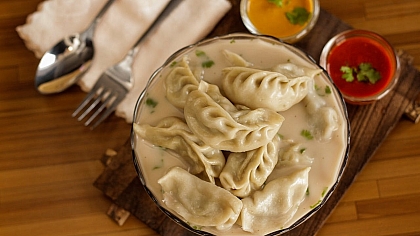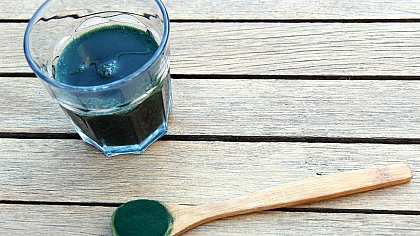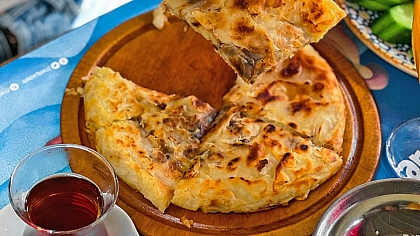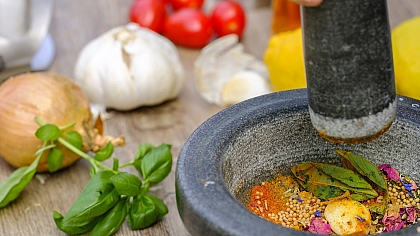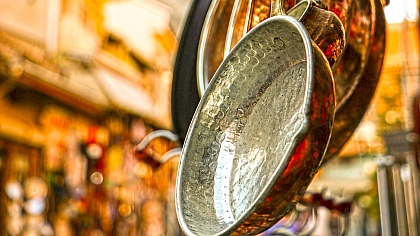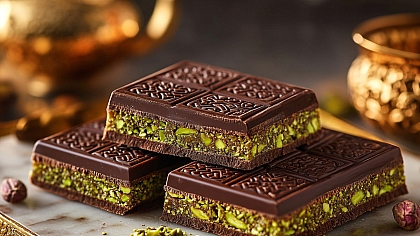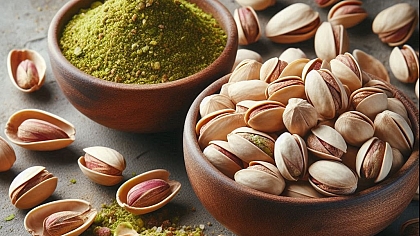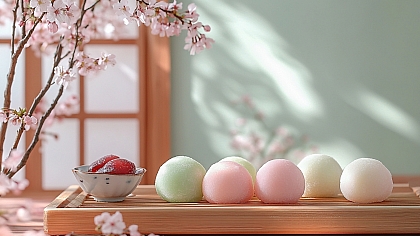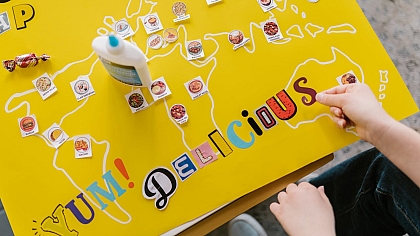
All About Turkish Coffee
There are many aspects of Turkish culture that everyone can benefit from and enjoy.
If you relish the idea of sitting outdoors watching the sunset over the Bosphorus while sipping a hot glass of Turkish tea, then another idea you might not want to miss out on is trying a strong, rich cup of Turkish coffee to kickstart your day.
The History of Turkish Coffee
Turkish coffee or Türk kahvesi is a type of coffee commonly drank in Turkey and several countries throughout the Middle East. Although Turkey is a tea-loving country, tea only became popular there following world war one, after the country was embroiled in an economic crisis and tea became the popular alternative to coffee as it was cheaper.
Prior to world war one and before the "modernisation" of Turkey, however, the people of the Ottoman Empire were as enthusiastic about coffee as they are about tea today.
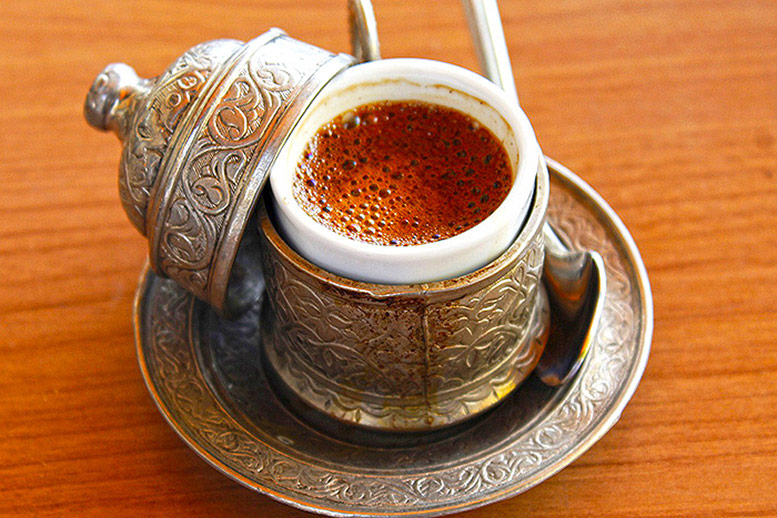
Coffee was introduced to Turkey in 1555 by the Syrian traders during the Ottoman Empire. Coffee then gained its popularity in the Ottoman Palace during the 17th century and it became ceremonial for the Sultan to be served by his coffee makers.
The beverage which was gaining popularity fast became an essential part of the Turkish lifestyle, in fact, the women of the palace were taught how to make coffee and were judged by how well they had mastered the art. Even in modern-day Turkey, a potential groom is served coffee by the future bride, sometimes with salt being added instead of sugar to test his patience!
There are many variations of Turkish coffee in the surrounding countries and it is also popular in the Balkans. Greek coffee is essentially the same as Turkish coffee but has a different name due to the past political tensions between the two countries, as Greece was once part of the Ottoman Empire and didn't gain independence until 1821.
In fact, people love to drink coffee all around the world and have done so for many, many years.
Turkish Coffeehouses
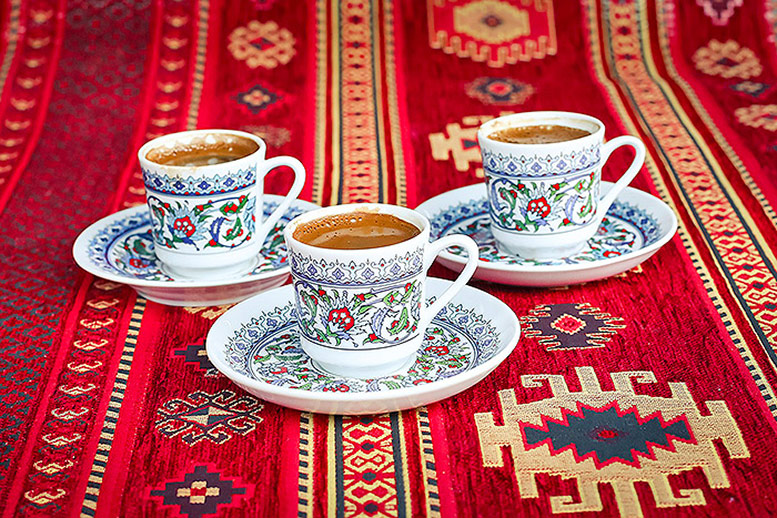
Coffeehouses have been a part of the Turkish coffee culture since the Ottoman times and serve as part of the social life for the men of Turkey. Historically, coffeehouses were the place where folk literature was shared and where men gathered to socialise.
Today coffeehouses are used in a similar manner and they are frequented every day by a lot of men who like to talk about politics, play card games, enjoy each other's company and most importantly drink delicious coffee (and tea!). This coffee culture is also observed in the many surrounding regions of Turkey and throughout the Arab world.
The Type of Coffee Used for Türk Kahvesi
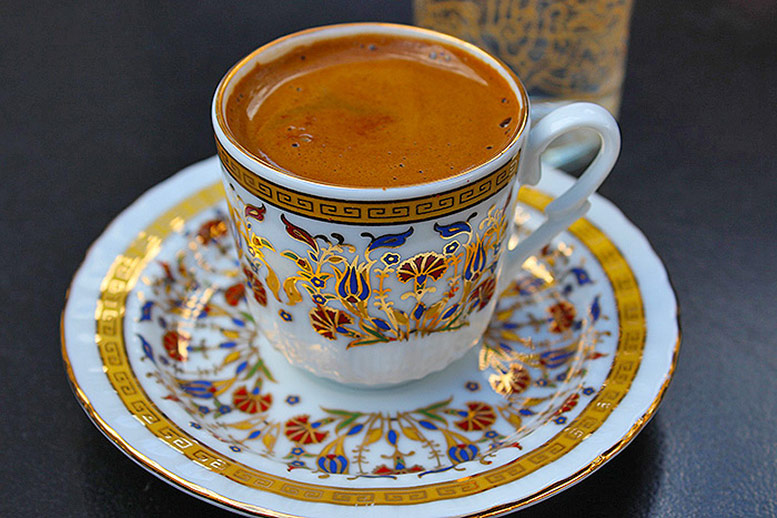
Although it is now known as Türk kahvesi, the Ottomans called it Arabic coffee due to its Yemeni origins. The coffee beans used for Türk kahvesi are known as Arabica, which gained their name from the region they came from. Typically the coffee beans are finely ground and used unfiltered in Turkish coffee.
How to Make Turkish Coffee

One can not simply compete with the mastery of the Turkish coffee Ustas, or makers, who prepare this classic Turkish hot drink in a cezve (a traditional Turkish coffee pot) over glowing hot coals.
However, Turkish coffee is typically prepared by cooking the finely ground coffee, water, and sugar in the small aforementioned pot known as a cezve or Ibrik. Due to the fact that sugar has been added to the brew beforehand, it is a good idea to specify how sweet you want it when ordering in a coffee shop in Turkey.
Traditionally Turkish coffee is strictly made with foam on top and is regarded as inauthentic without. It is often served along with Turkish delight, which is known as lokum, or a serving of the sweet, syrup-soaked pastries known as Baklava.
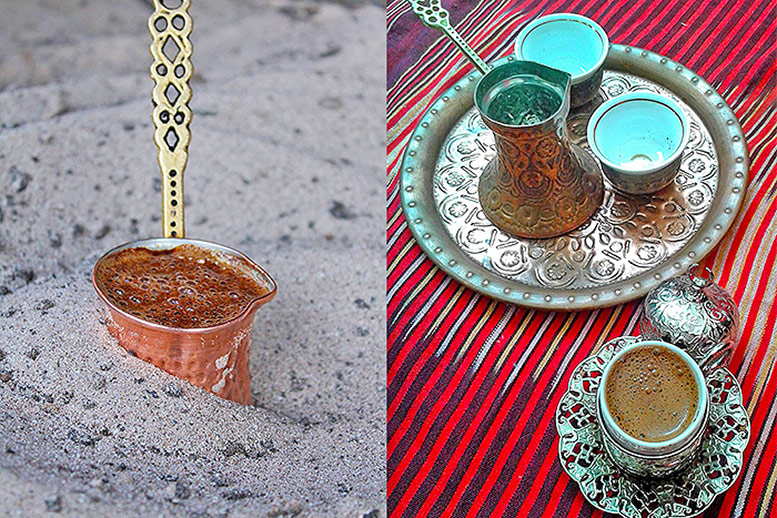
As an essential part of the Turkish lifestyle, coffee in Turkey is taken so seriously that even the word for breakfast in Turkish is kahvaltı, which literally means 'before coffee'.

